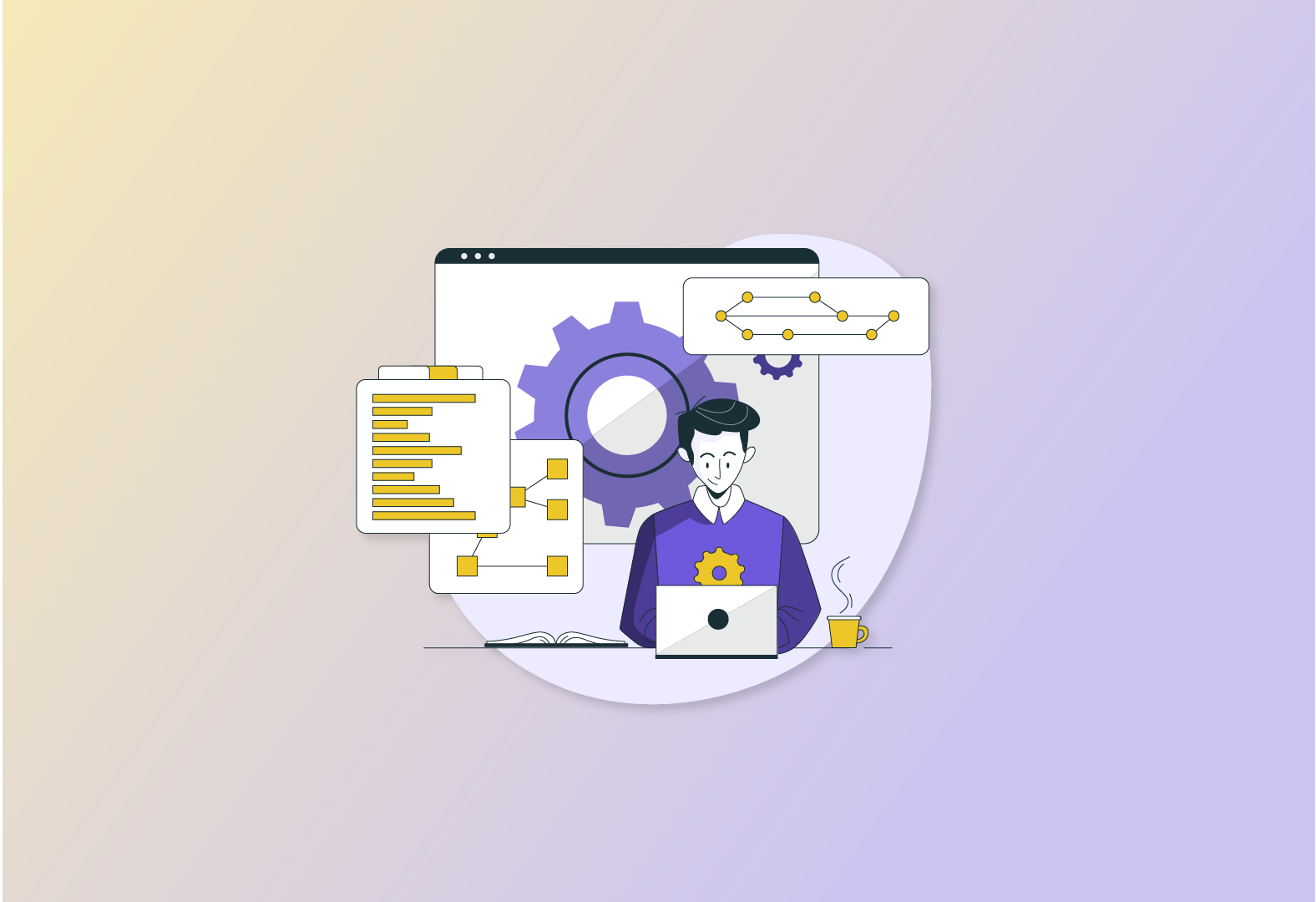As a software engineer working in the IT industry, I have been asked numerous times by various people to update their WordPress plugins and migrate their sites from an old version to a newer one. The questions that many people ask me are
Why is this important? Will they be affected? Is there anything I can do to prevent this problem from happening? etc.
So why is it important to make sure that your plugins keep up with the latest version of Woo that they are being supported by as well as keeping up with the latest updates and security patches for all the plugins? It helps ensure that when you update these plugins you will not miss any significant issues or bugs. Additionally, if there is something that causes these problems in the new version, then having those features installed before the new version will help resolve problems that may occur after the upgrade. In addition to that, updating these plugins also ensures that there are no known vulnerabilities (and therefore no exploits) for which these plugins may need fixing within the next major release of Woo. For example, if your plugin includes some kind of vulnerability that causes a vulnerability or exploit in an older version of Woo (i.e., one that was released between October 2019–November 2020), updating this plugin now means that whatever vulnerabilities were present in the earlier versions of Woo can be fixed. This way, anyone who uses the older version of Woo (and has the potential to use a vulnerability that was previously unknown) will still be able to access and edit content on their website regardless of how much experience they have with Woo.
How often should we update our plugins?
Well, there are two things that we should consider here. One is how frequently we plan to update them, and the other is how long the updates can take. If we plan to update our plugins once per month and will take about 3 hours per plugin, then it would be recommended that we do so once per week. However, if we intend to update every day or even daily, then it is best to make sure that we don’t overdo it. By doing so, we risk making a situation where we accidentally install a bug that is fixed months later, or worse, makes a site vulnerable to attacks. Therefore, I recommend that we only update our plugins more than once a year, but sometimes, if we want to keep our plugins up-to-date, we could go longer. After each update, I like to run an automated test and check if there have been any issues after the update. I also like to see whether we need to fix the bug as soon as possible to minimize downtime or to ensure that the bug doesn’t turn into a bigger issue that impacts future releases of Woo.
Another thing to consider is how often we should change plugins if needed.
Sometimes it is better to keep things simple and just change the settings to suit what we need without having to re-download everything. However, if we find ourselves needing to change plugins, then it is best to change them regularly and ideally in a reasonable amount of time. Some themes have plugins that are used by multiple pages in a single theme, so changing those plugins can impact the performance of the whole theme, which can slow down page loading times and cause other issues for users. So again, it is best to make sure that we don’t overdo it. After changing the plugins, I like to make sure that all changes have passed through all checks before moving on to the next step. That way, we can always start over if there are any issues or errors present with the new changes.
Another thing to consider when updating plugins is how frequently we should update them. We should make sure that we don’t overload plugins so that we know when they need to be updated. At least two to three times a year should be the minimum number of times that we need to update them. Then to avoid making mistakes with plugins that seem like they are constantly getting updates, we could simply move all of our WordPress installations to WP Updates, which lets us automate the process of updating plugins. With WP Updates, we can easily add the plugins to automatic updates, so that we don’t have to worry about manually updating them.
Lastly, it is also important to consider what happens if we accidentally break our plugins, and how to prevent that from happening. There are several ways to try and prevent such a situation, including installing upgrades to a newer version of Woo or adding a backup to the plugins folder in case we need to restore them in another location. Another option is to simply delete the plugins and remove them from the list of available plugins. Finally, some plugins can automatically update themselves, which means that if we accidentally disable them then those same plugins will need to be enabled to continue operating correctly.
Conclusion:
In conclusion, updating our plugins, especially at least twice a year, is crucial to ensuring that our plugins continue to work properly for years. Whether we update plugins once a month or twice a year, it always depends on how often we plan to update and how long it would take for the update to reach its full functionality.

